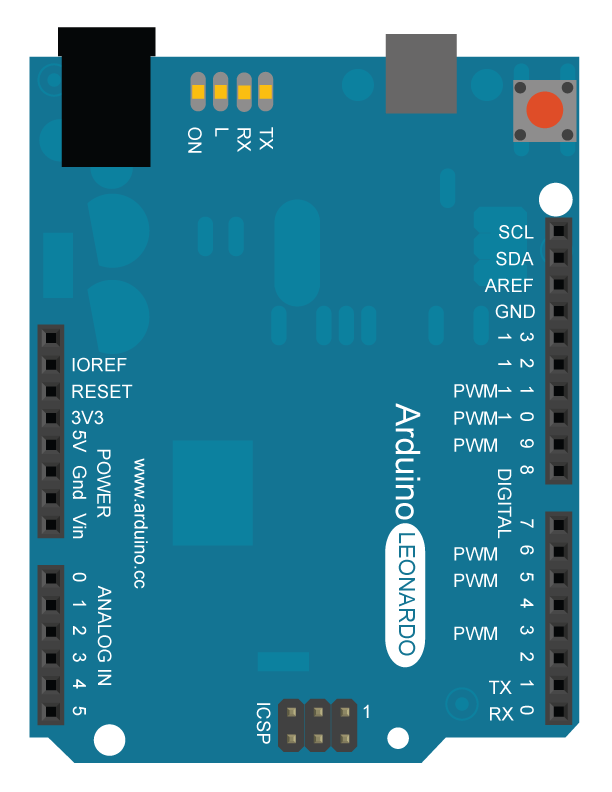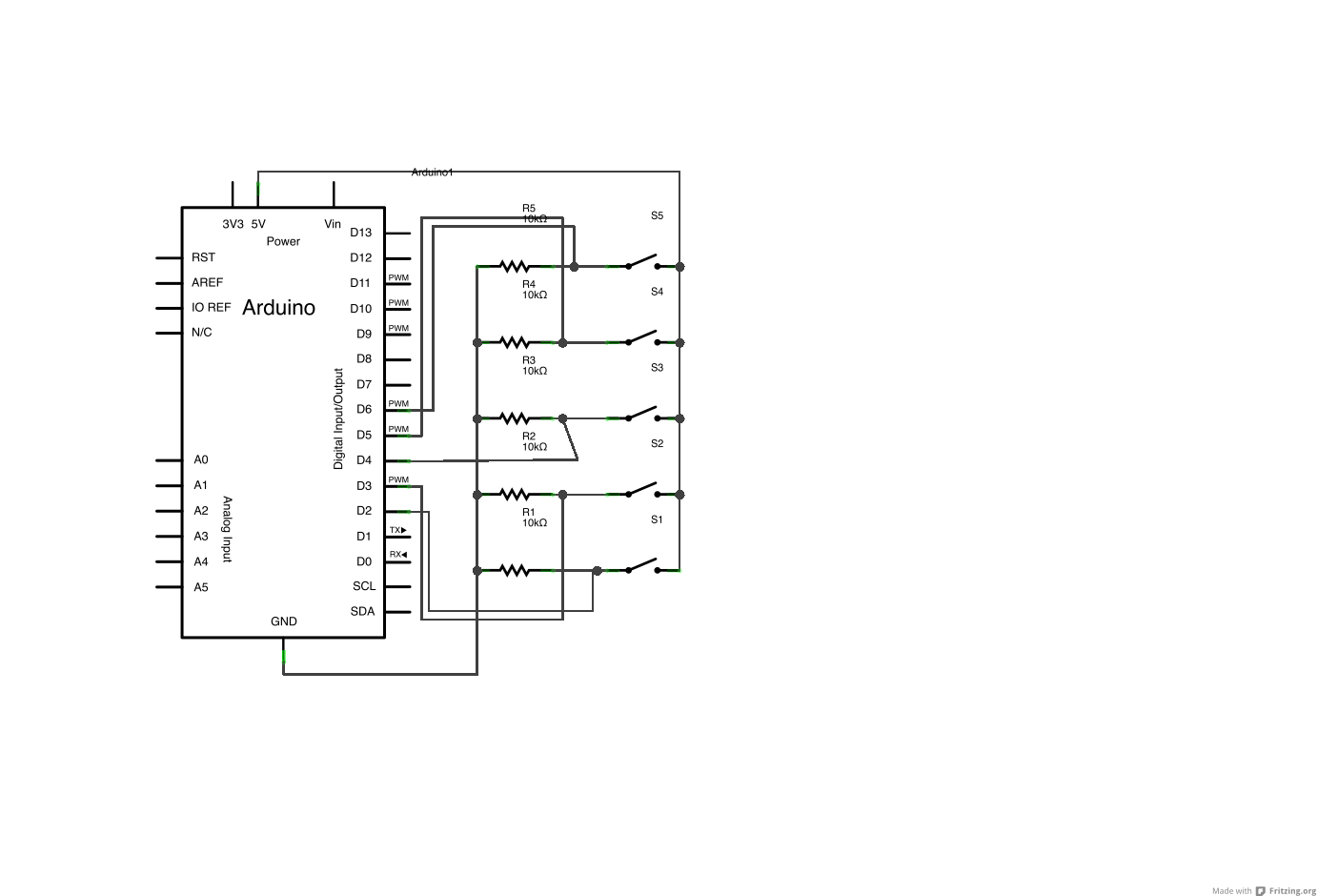

acvanp has updated details to DIY Telescope On A Sliding Scale.Michal has updated the project titled NED8PC.Per Jensen wrote a comment on 1:10 scale Connection Machine.Per Jensen wrote a comment on HACKtablet: Crestron TSS-752 Teardown + Rebuild.Guido has updated the project titled Avoid ESP32 freezing during power-on.John Duffy has added a new log for HydraMETER.Guido has added details to Avoid ESP32 freezing during power-on.None on A Hacker-Friendly Software Package For Your Next AI Project.Dan on Just How Dodgy Are Cheap USB Chargers Anyway?.

Mental2k on Just How Dodgy Are Cheap USB Chargers Anyway?.Ewald on Proposed European Electronic ID Law Raises Concerns.Ewald on Most AI Content Is Trash, Just Like Everything Else.0xfred on Big Red Button Puts Toddler In Command Of Chromecast.Feinfinger (M-x butterfly) on Most AI Content Is Trash, Just Like Everything Else.Saving Australia’s Ants With Age Of Empires II 14 Comments Posted in Peripherals Hacks, Wireless Hacks Tagged bluetooth, ESP32, hid, macro keyboard, membrane keypad, TinyPICO Post navigation With a practical demonstration of how easy as it is to turn this low-cost microcontroller into a wireless input device, hopefully we’ll start seeing more projects that utilize the capability.

In the past we’ve seen the ESP32 used to create a Bluetooth game controller, but the ability to emulate a keyboard obviously offers quite a bit more flexibility.

From there, he demonstrates how you can build up a functioning keyboard, including tricks such as sending multiple virtual keys at once. There’s a preexisting library for Bluetooth Human Interface Device (HID) emulation on the ESP32, but it needs to be manually installed in the Arduino IDE. The rest of the project is all software, which walks us through in the video after the break. In this case is using the TinyPICO board, but your personal ESP32 variant of choice will work just as well. Adding in a battery is a nice touch, and you probably would want to put it into a enclosure of some sort, but as a proof of concept it doesn’t get much easier than this. All you need to do is connect a membrane keypad up to the GPIO pins on the ESP32. If you’re looking to get started using Bluetooth on the ESP32, then this simple wireless macro keypad from would be a great way to get started.įrom a hardware standpoint, this project is incredibly straightforward. But while the WiFi capability might be the star of the show, the ESP32 also comes equipped with Bluetooth we just don’t see people using it nearly as often. Most people associate the ESP family of microcontrollers with WiFi, which makes sense as they’ve become the solution of choice for getting your project online quickly and easily.


 0 kommentar(er)
0 kommentar(er)
